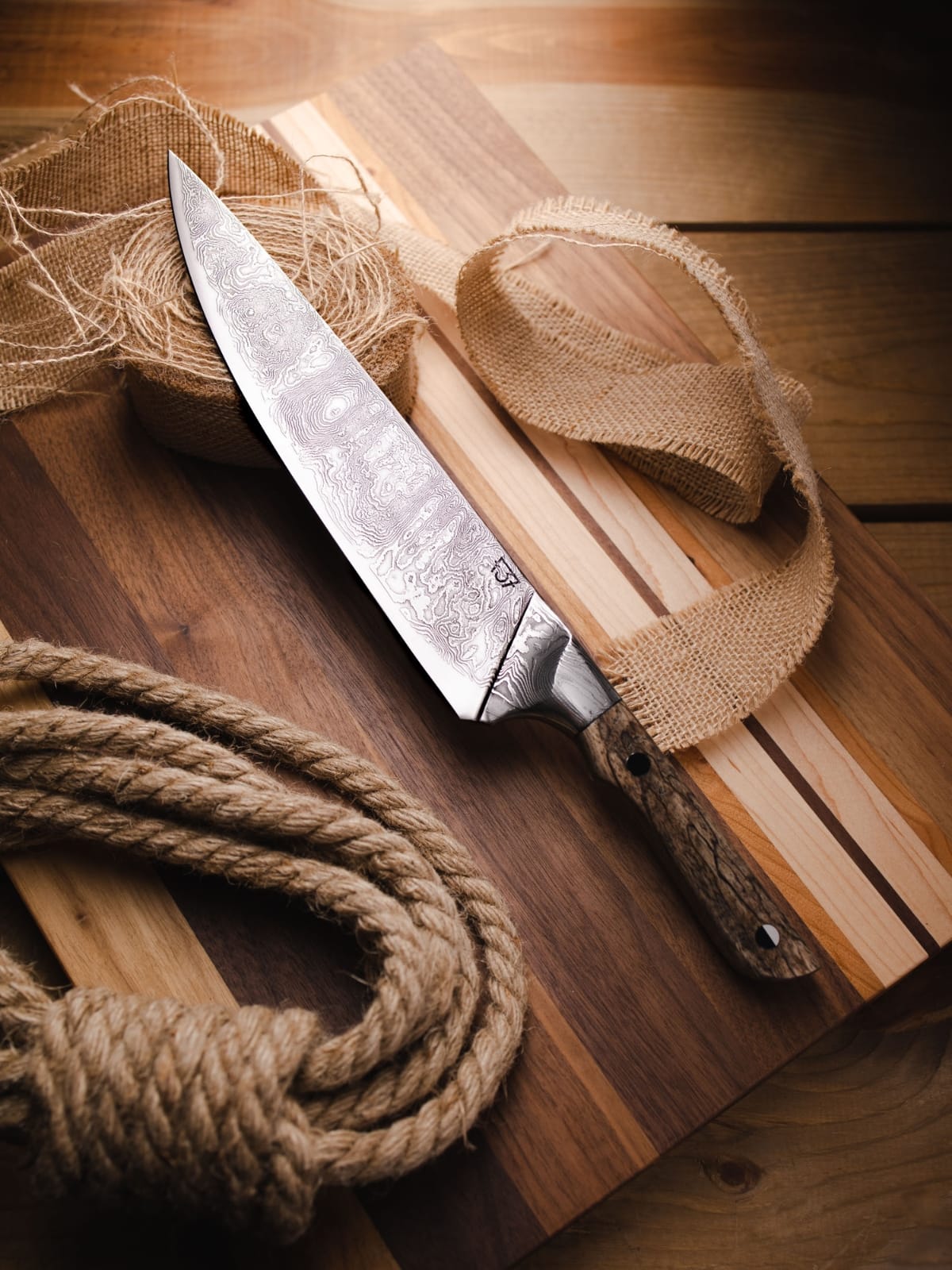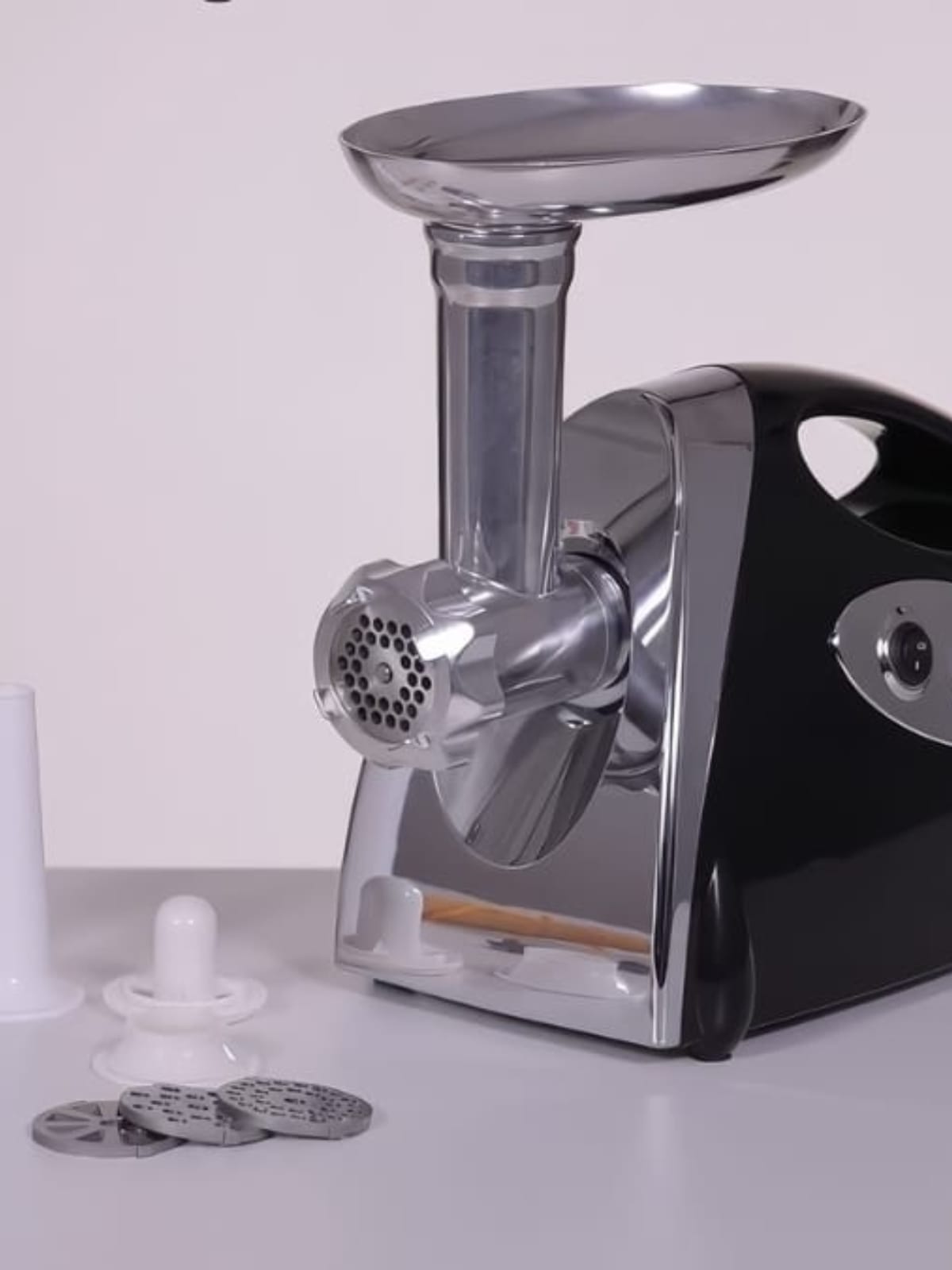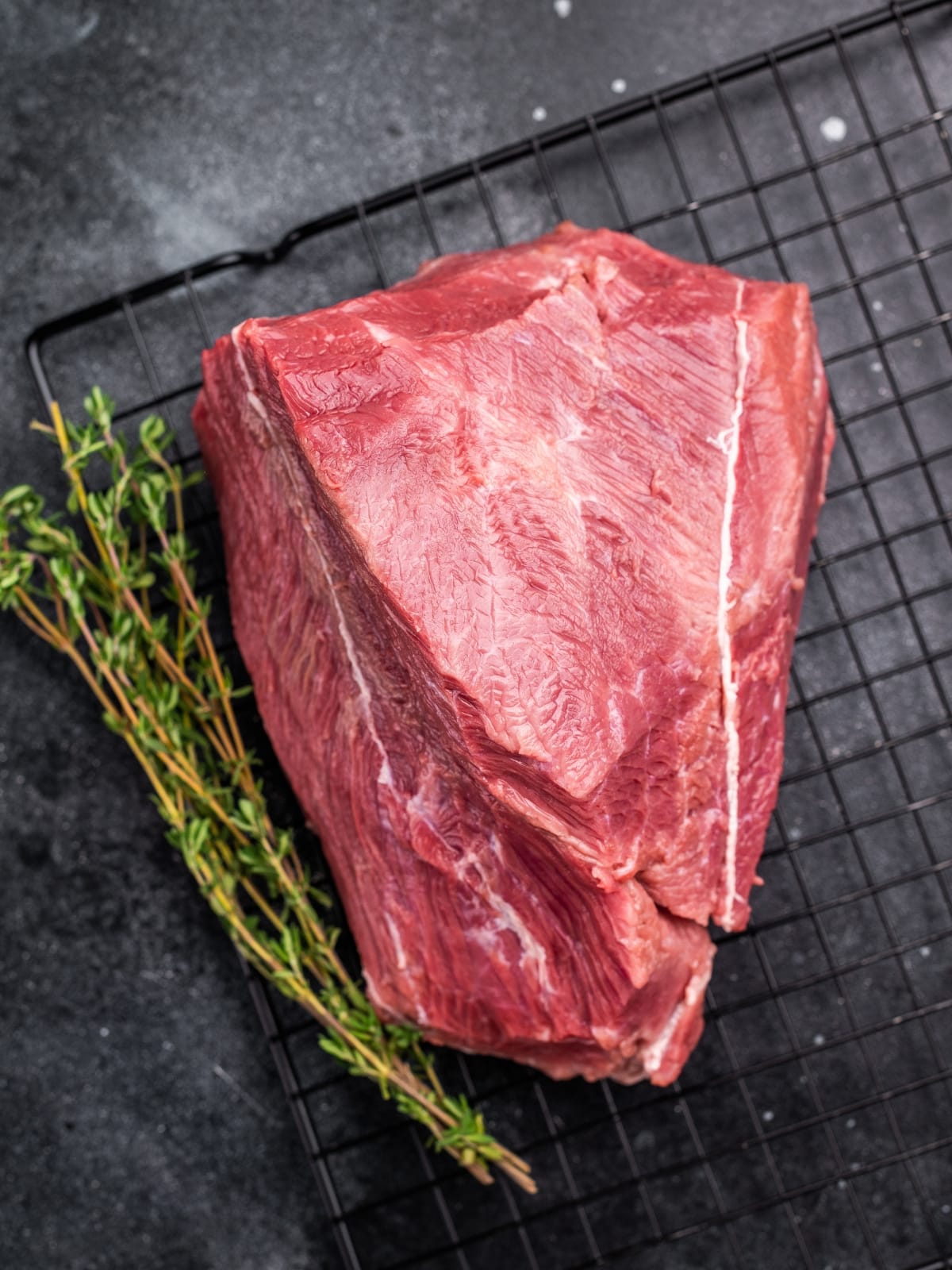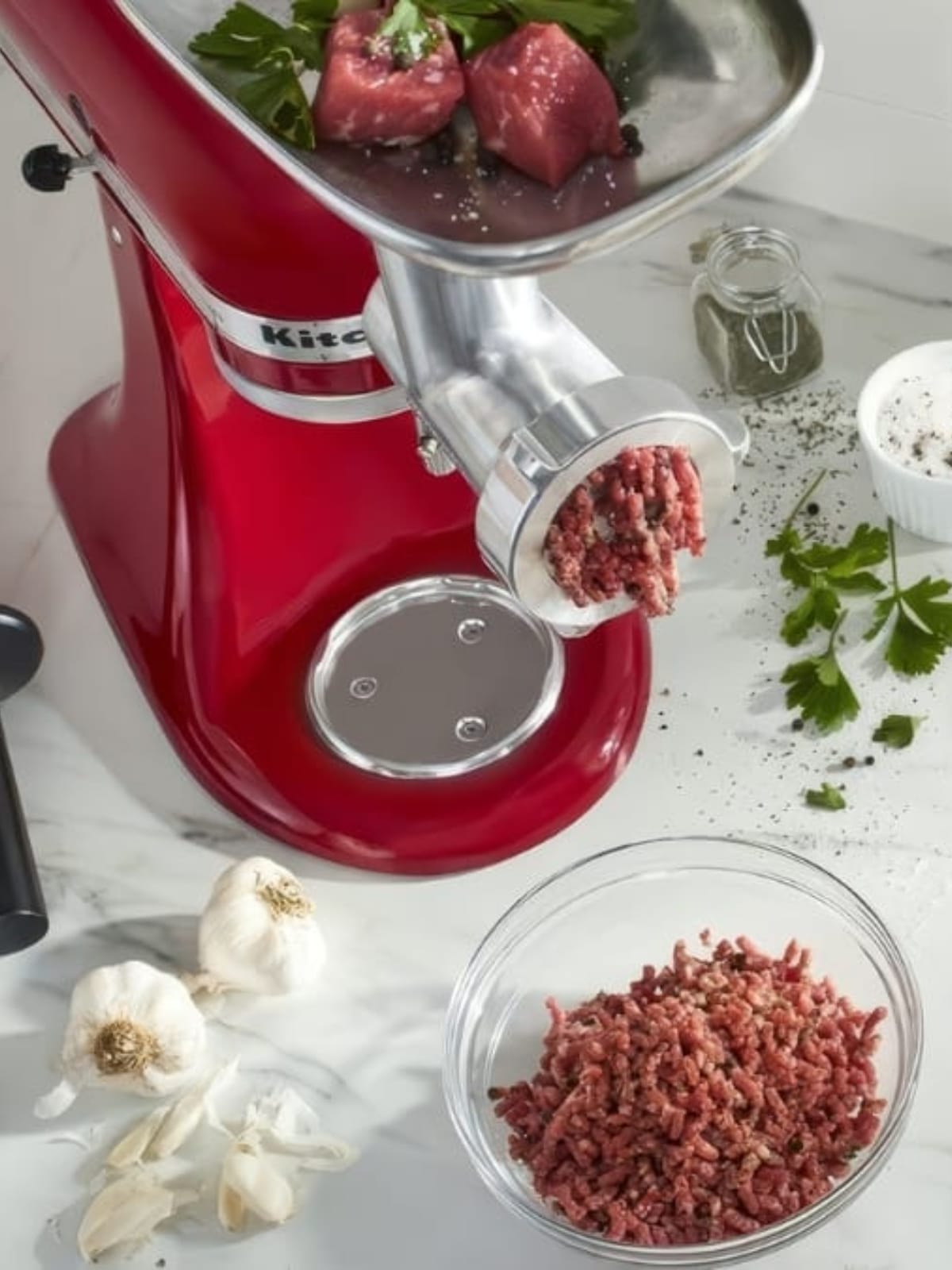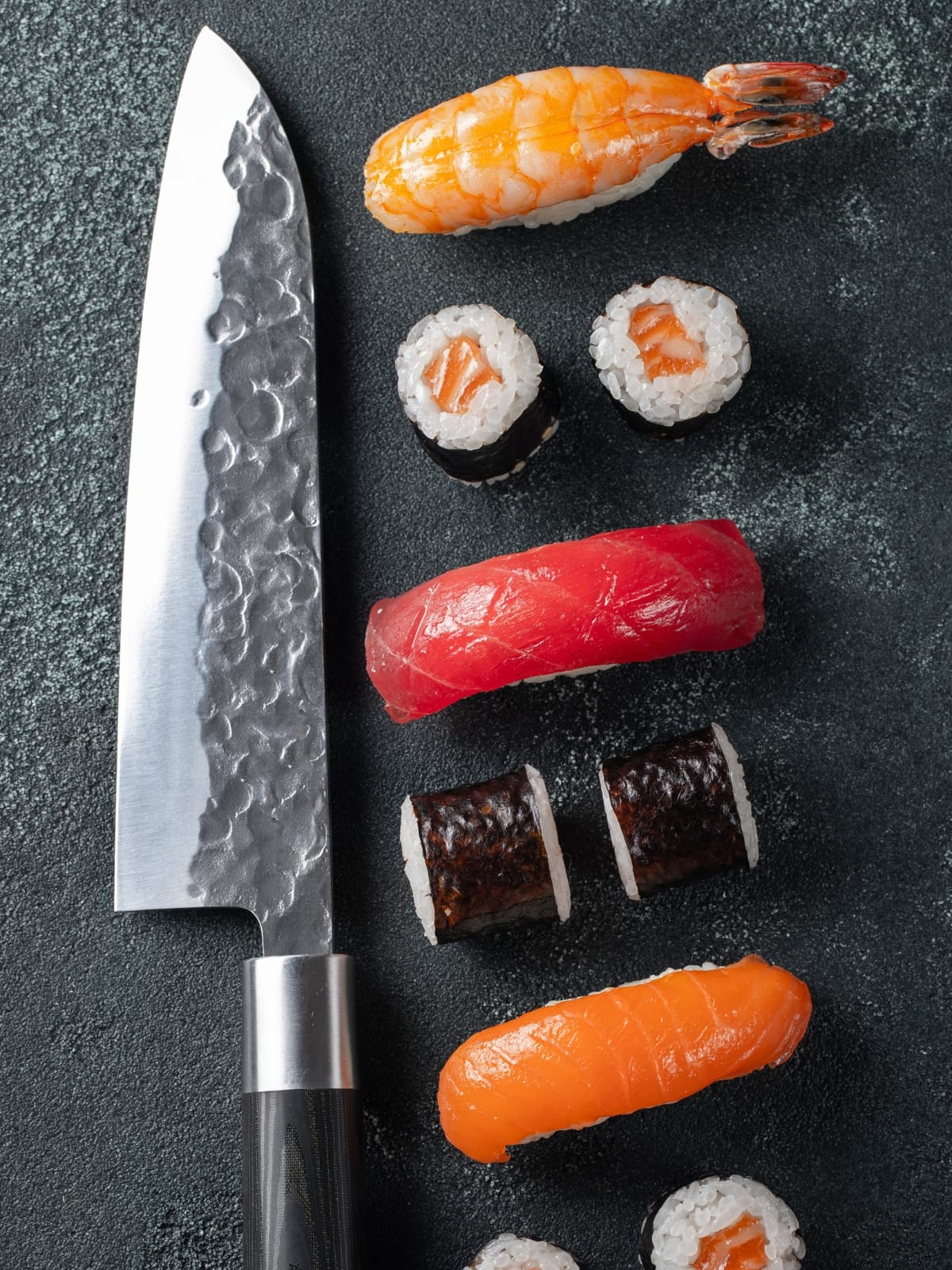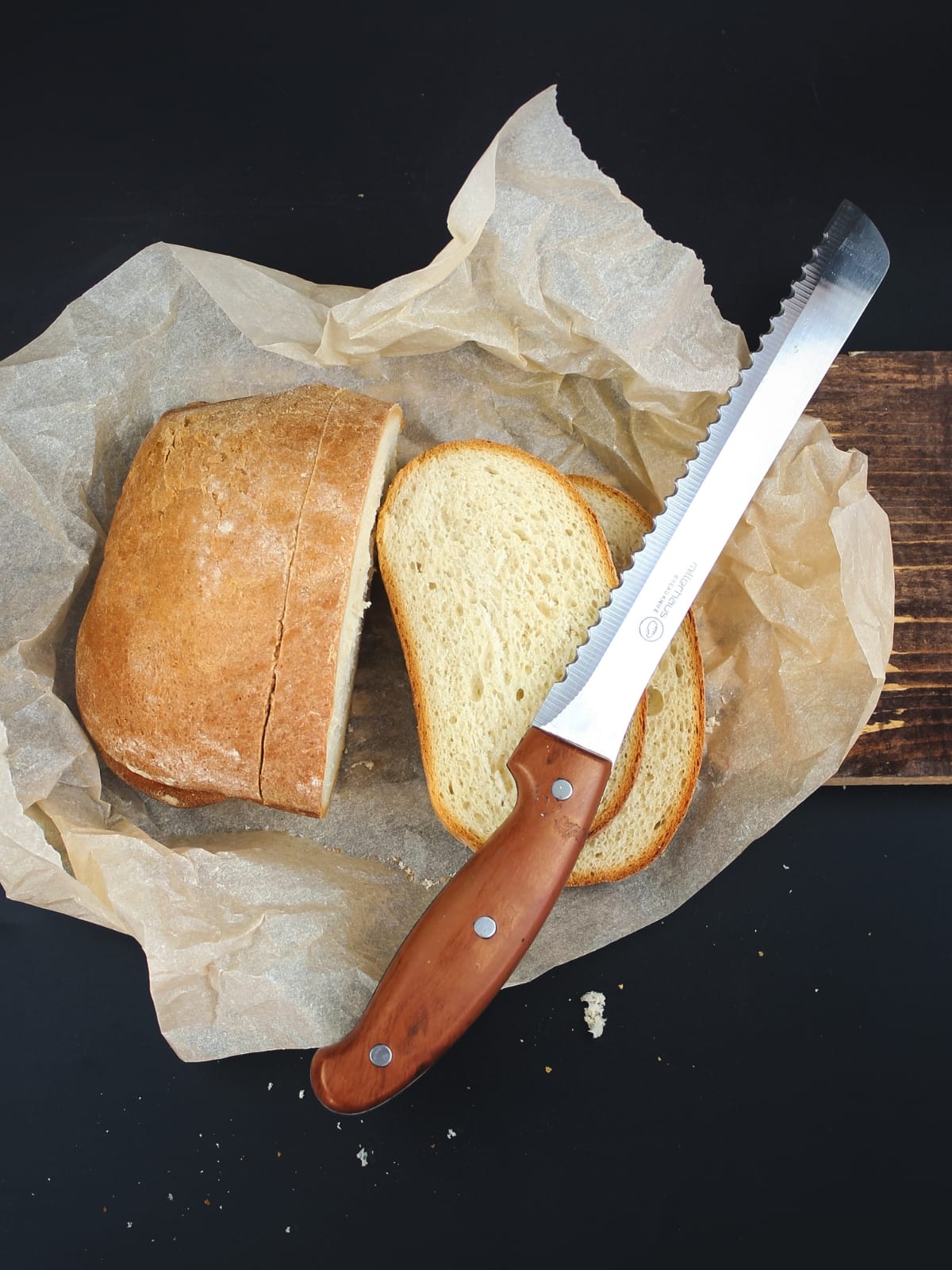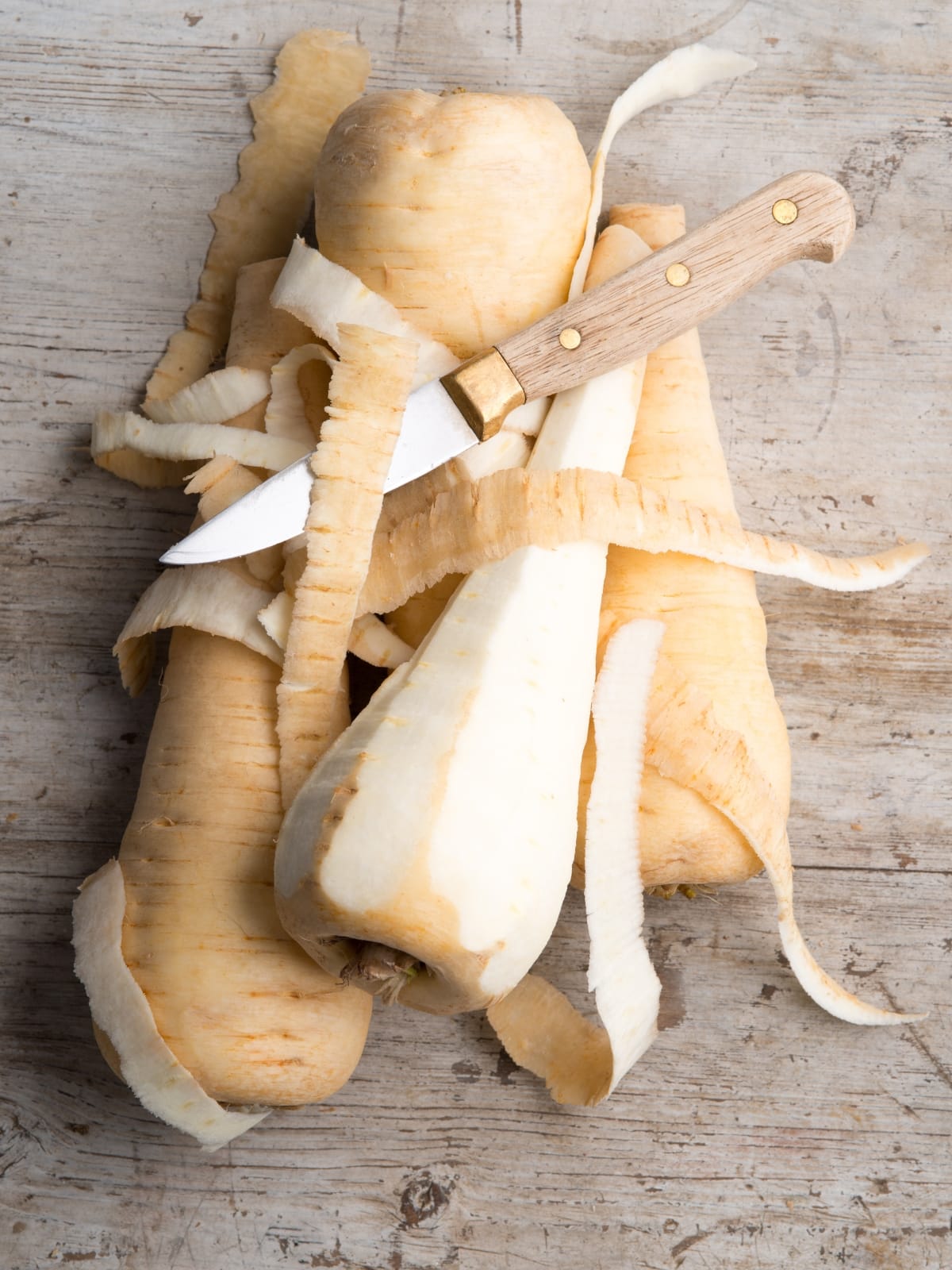When it comes to kitchen knives, the angle of the blade is a crucial factor that often goes overlooked. The best angle for kitchen knife can significantly impact its performance, longevity, and overall cutting experience. But what exactly is a knife angle, and why is it so important?
What is a Knife Angle?
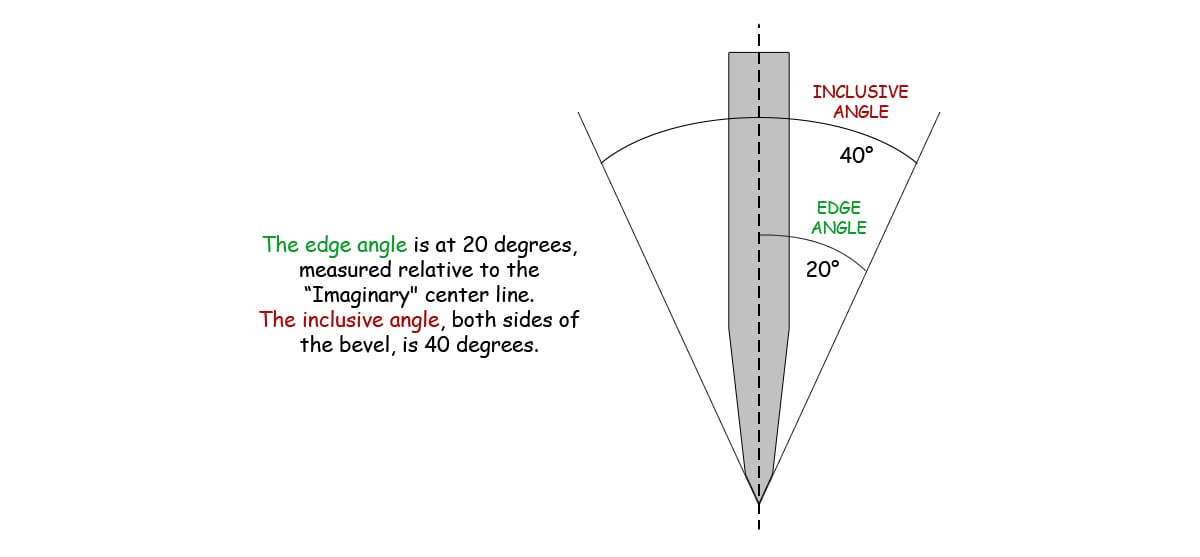
A knife angle, also known as the edge angle or bevel angle, refers to the angle at which the blade is ground to create the cutting edge. This angle is typically measured from the centerline of the blade to the edge on each side. For example, a knife with a 20-degree angle per side would have a total angle of 40 degrees.
Why is the knife angle important?
The angle of your kitchen knife plays a vital role in several aspects of its performance:
- Sharpness: A smaller angle generally results in a sharper edge, allowing for more precise cuts.
- Edge retention: Larger angles tend to be more durable and retain their edge longer.
- Cutting ease: The right angle can make cutting through various foods effortless.
- Blade longevity: Proper angling can extend the life of your knife by reducing the need for frequent sharpening.
How knife angles affect cutting performance
The angle of your kitchen knife directly impacts its cutting performance. A smaller angle creates a thinner, sharper edge that excels at slicing through soft foods like tomatoes or fish. However, this thin edge may be more prone to damage when used on harder materials. Conversely, a larger angle produces a more robust edge that can handle tougher tasks but may not provide the same level of precision for delicate cuts.
Choose the Best Angle for Kitchen Knife
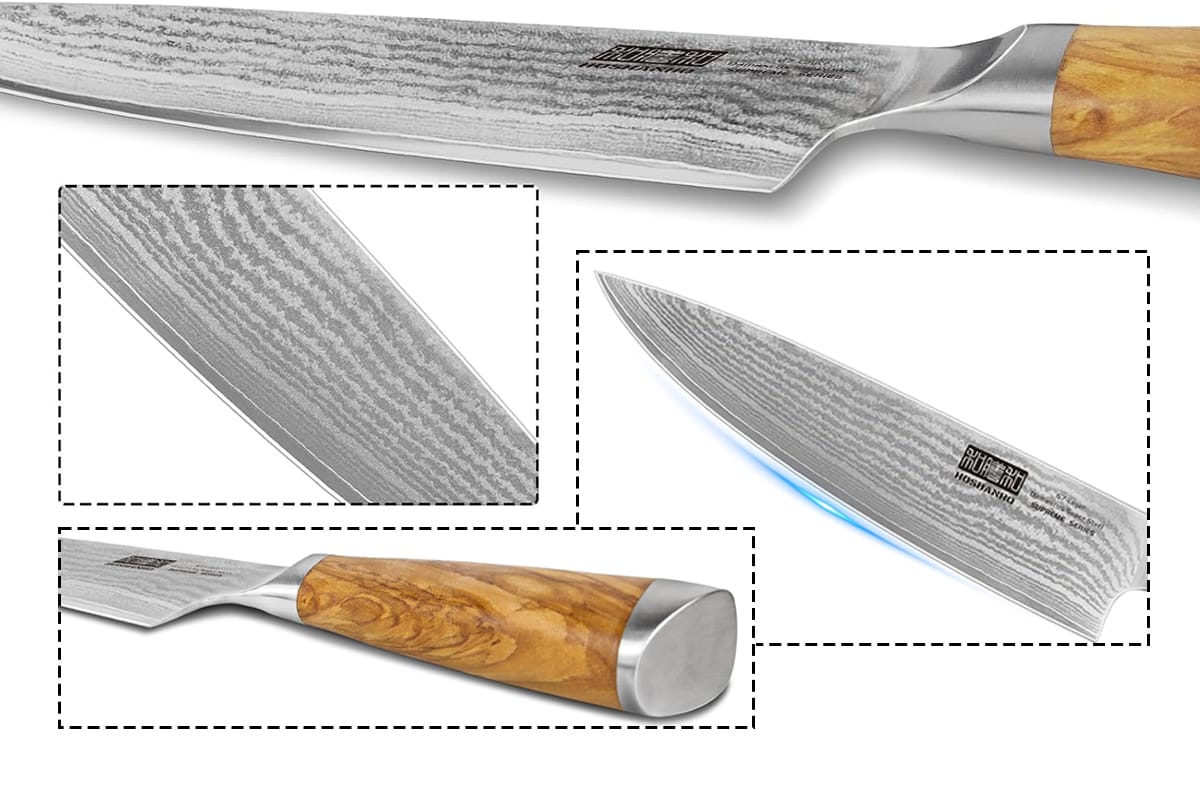
Determining the best angle for a kitchen knife isn’t a one-size-fits-all solution. Various factors come into play, and understanding these can help you make an informed decision about the optimal angle for your knives.
Common knife angle ranges
Most kitchen knives fall within the following angle ranges:
- 15-20 degrees: Common for Japanese-style knives and some Western knives
- 20-22 degrees: Standard for many Western-style kitchen knives
- 25-30 degrees: Often used for heavy-duty knives or cleavers
Best angles for different types of kitchen knives
Let’s explore the recommended angles for various kitchen knives:
- Chef’s knives: Typically, a 20-22 degrees angle per side (40-44 degrees total) works well for most Western-style chef’s knives. However, some high-end Japanese chef’s knives may have angles as low as 10-15 degrees per side for exceptional sharpness.
- Paring knives & Utility knives: These smaller knives often benefit from a slightly sharper angle, around 15-20 degrees per side (30-40 degrees total), to facilitate precise cuts on small fruits and vegetables.
- Serrated knives: The unique design of serrated knives means they typically have a single bevel, usually around 22-30 degrees.
- Santoku Knives: A 15-17 degrees per side (30-34 degrees total) is common, allowing for the precise, thin slices that are characteristic of Japanese cuisine. This sharper angle complements the Santoku’s flatter profile and supports its excellent performance in slicing, dicing, and chopping tasks.
- Japanese vs. Western knife angles: Japanese knives often feature smaller angles (10-15 degrees per side) compared to their Western counterparts (20-22 degrees per side). This difference stems from variations in blade materials and cultural cutting techniques.
| Angle | Sharpness | Durability | Suitable Knife Types |
|---|---|---|---|
| 15° | Excellent | Low | Japanese knives, Paring knives |
| 20° | Very Good | Good | Chef’s knives, Utility knives |
| 25° | Good | Very Good | Cleavers, Boning knives |
| 30° | Fair | Excellent | Heavy-duty knives, Outdoor knives |
For a more in-depth look at knife dimensions, including blade lengths and handle sizes, check out our article on average kitchen knife dimensions.
Guide to Sharpen and Maintain Your Knives
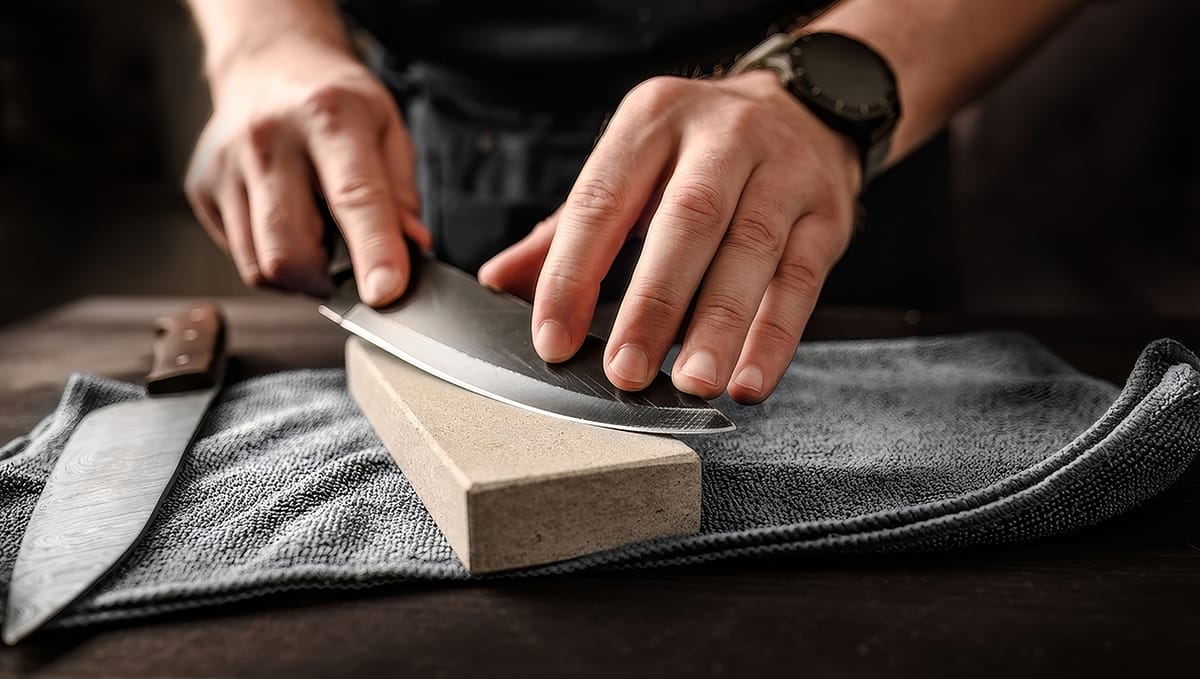
Once you’ve determined the ideal angle for your kitchen knife, it’s crucial to sharpen it to perfection and maintain that edge over time. This comprehensive guide will walk you through the sharpening process and provide tips for preserving that perfect angle.
Choosing the Right Sharpening Tools
Selecting appropriate sharpening tools is essential for achieving and maintaining the best angle. Popular options include:
- Whetstones: Offer precise control and are ideal for achieving specific angles.
- Electric sharpeners: Convenient but may not allow for custom angles.
- Honing rods: Great for maintaining the edge between full sharpenings.
Step-by-Step Guide to Sharpening at the Optimal Angle
- Prepare your sharpening surface: If using a whetstone, soak it in water according to the manufacturer’s instructions.
- Set the angle: Use an angle guide or visual estimation to position your knife at the desired angle.
- Start with the coarse grit: Begin sharpening on the coarsest grit, moving the blade from heel to tip in a sweeping motion.
- Maintain consistent pressure: Apply even pressure throughout the sharpening process.
- Repeat on the other side: Flip the knife and repeat the process on the opposite side of the blade.
- Progress through finer grits: Move to finer grits, repeating the process to refine the edge.
- Test the sharpness: Use the paper test or tomato slice test to check your knife’s sharpness.
- Strop the blade: Finish by stropping the blade on leather or newspaper to remove any remaining burrs.
Common Mistakes to Avoid When Sharpening
- Inconsistent angle: Maintain a steady angle throughout the sharpening process.
- Too much pressure: Avoid applying excessive pressure, which can damage the blade.
- Neglecting to deburr: Always remove the burr created during sharpening for a clean, sharp edge.
- Over-sharpening: Don’t remove more metal than necessary; stop when the knife is sufficiently sharp.
Regular Honing Techniques
Honing helps realign the microscopic teeth of your knife’s edge, maintaining its sharpness between full sharpenings. To hone your knife:
- Hold the honing rod vertically with the tip resting on a cutting board.
- Position your knife at the same angle used for sharpening (typically 20 degrees).
- Draw the blade down the rod from heel to tip, alternating sides.
- Repeat 5-10 times on each side.
Regular honing can significantly extend the time between full sharpenings, helping to maintain the best angle for your kitchen knife.
Proper Knife Storage to Preserve the Edge
How you store your knives can impact the longevity of their edge. Consider these storage options:
- Magnetic knife strips: Keeps blades separated and easily accessible.
- Knife blocks: Protects edges but ensure slots are appropriate for your knife sizes.
- Blade guards: Ideal for drawer storage, preventing blades from contacting other utensils.
Avoid storing knives loosely in drawers where they can bump against other items and potentially damage the edge.
When to Resharpen Your Knife
Even with proper maintenance, your knife will eventually need resharpening. Signs that it’s time to resharpen include:
- Difficulty cutting through soft foods like tomatoes
- Visible nicks or chips in the blade
- Noticeably decreased cutting performance
For most home cooks, resharpening every 3-6 months is sufficient, depending on usage and care.
By following these sharpening and maintenance techniques, you can ensure that your kitchen knives maintain their optimal angle and performance over time.
The Impact of Knife Material
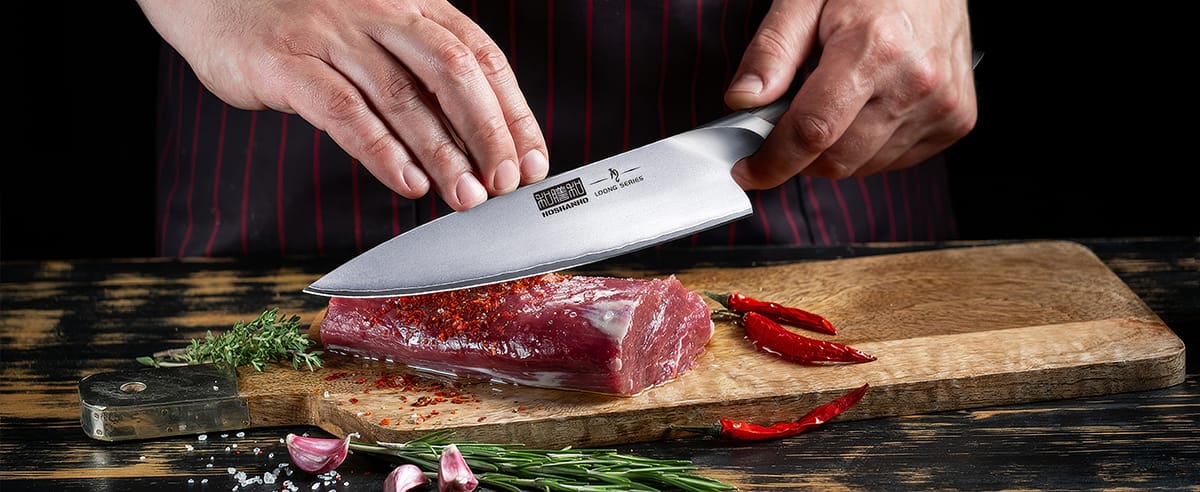
The material of your kitchen knife plays a significant role in determining the best angle for its edge. Different materials have varying hardness levels and edge retention properties, which influence the optimal sharpening angle.
Stainless steel knives
Stainless steel is a popular choice for kitchen knives due to its corrosion resistance and ease of maintenance. Most stainless steel knives benefit from a 20-22 degree angle per side. This angle provides a good balance between sharpness and durability for the relatively soft nature of stainless steel.
Carbon steel knives
Carbon steel knives can typically handle a sharper angle due to their increased hardness. These knives often perform well with angles between 15-20 degrees per side. The harder steel allows for a sharper edge that can still maintain its integrity during use.
Ceramic knives
Ceramic knives are extremely hard and can hold a very sharp edge. They’re often factory-sharpened to angles as low as 10-15 degrees per side. However, due to their brittleness, it’s generally recommended to leave the sharpening of ceramic knives to professionals.
For more information on different types of kitchen knives and their uses, visit World Kitchen Tools.
Tips for Achieving the Best Knife Angle
To truly master the art of knife sharpening and maintenance, it’s valuable to learn from the experts. Here are some professional tips for achieving and maintaining the best angle for your kitchen knife:
Advice from expert chefs
“A sharp knife is a safe knife. Always keep your knives sharp and at the correct angle for the task at hand.” – Gordon Ramsay
“The angle of your knife should match your cutting style. Experiment to find what works best for you.” – Jacques Pépin
“In Japanese cuisine, we prefer extremely sharp knives with smaller angles. It’s all about precision and respect for the ingredients.” – Masaharu Morimoto
Knife manufacturers’ recommendations
Different knife manufacturers may recommend specific angles for their products. For example:
- Wüsthof recommends a 14-degree angle per side for their classic knives.
- Shun suggests a 16-degree angle per side for most of their Japanese-style knives.
- Victorinox recommends a 15 to 20-degree angle per side for their European-style knives.
Always check the manufacturer’s guidelines for your specific knife model.
Balancing sharpness and durability
Finding the right balance between sharpness and durability is key to determining the best angle for your kitchen knife. Consider the following:
- Sharper angles (10-15 degrees) offer precision but may require more frequent sharpening.
- Moderate angles (15-20 degrees) provide a good balance for most home cooks.
- Larger angles (20-25 degrees) offer more durability but may sacrifice some sharpness.
Experiment with different angles to find the sweet spot that works best for your needs and cutting style.
For budget-friendly knife options that still offer quality performance, check out our guide on the 10 best kitchen knives under $50.
Single Bevel vs. Double Bevel Knife Angles
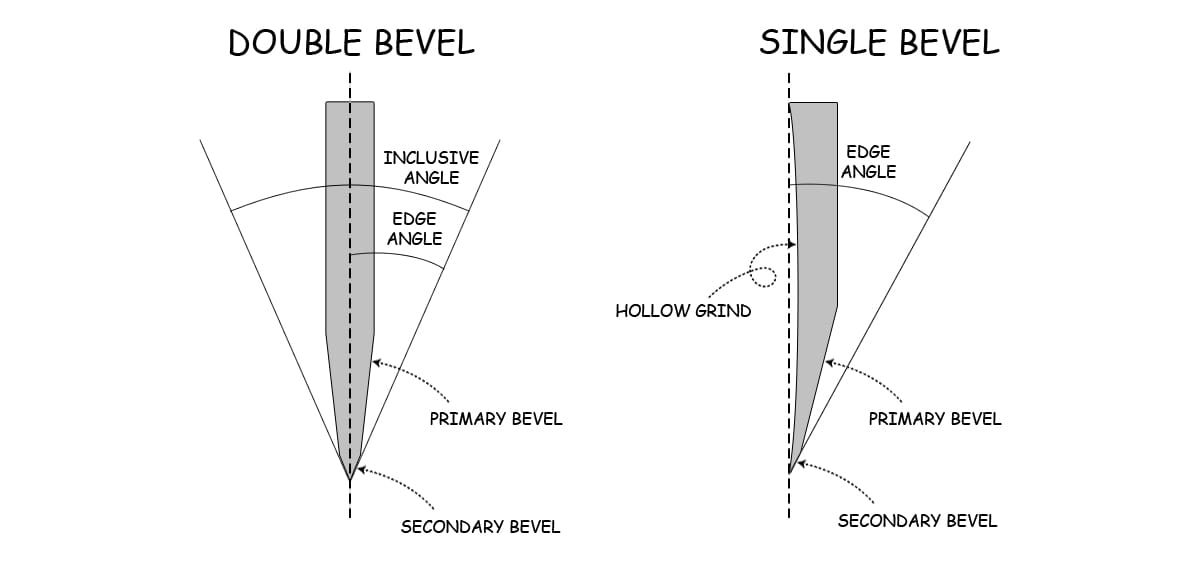
When discussing the best angle for kitchen knives, it’s important to understand the difference between single bevel and double bevel edges.
| Cultural roots | Best uses for | Pros | Cons | |
|---|---|---|---|---|
| Single Bevel Knives | – Japanese cuisine traditionally favors single bevel knives for their precision and ability to create extremely thin slices. | – Single bevel knives excel at tasks requiring extreme precision, such as slicing sashimi or creating decorative vegetable cuts. | – Extremely sharp edge – Excellent for precise cuts – Traditional in Japanese cuisine | – Can be difficult for beginners to use – Requires specific sharpening techniques – May not be suitable for all cutting tasks |
| Double Bevel Knives | – Western cuisine typically uses double bevel knives for their versatility and ease of use in a variety of cooking techniques. | – Double bevel knives are more versatile and are ideal for general kitchen tasks like chopping, dicing, and slicing. | – Versatile and easy to use – Suitable for a wide range of cutting tasks – Easier to sharpen for most users | – May not achieve the same level of sharpness as single bevel knives – Can be less precise for certain specialized cuts |
Common Myths
There are several misconceptions about kitchen knife angles that can lead to confusion. Let’s address some of these myths:
“Sharper is always better”
While a sharp knife is essential for efficient cutting, extremely sharp edges aren’t always the best choice. Very acute angles can be more prone to damage and may require more frequent sharpening. The best angle balances sharpness with durability based on the knife’s intended use.
“One angle fits all knives”
Different types of knives and blade materials perform best at different angles. A chef’s knife might benefit from a different angle than a paring knife or a cleaver. It’s important to consider the specific knife and its intended use when determining the best angle.
“Factory angles are always optimal”
While factory edges are generally good starting points, they may not always be the best angle for your specific needs. Experimenting with different angles can help you find the optimal edge for your cutting style and preferences.
FAQs
What is the best angle for a kitchen knife?
The best angle typically ranges from 15-22 degrees per side. Japanese knives often use 15-17 degrees, while Western knives commonly use 20-22 degrees. The ideal angle depends on the knife type and intended use.
Can I sharpen my knife to a different angle than the factory edge?
Yes, you can change the angle when sharpening. However, consider the knife’s intended use and material before altering the angle significantly.
Is a smaller angle always better for kitchen knives?
Not necessarily. Smaller angles (15-17 degrees) create sharper edges but may be less durable. Larger angles (20-22 degrees) offer more durability but slightly less sharpness. Choose based on your cutting needs and knife maintenance habits.
How do I know if my knife is sharp enough?
Try the paper test: a sharp knife should easily slice through a sheet of paper. Alternatively, attempt to slice a ripe tomato. A sharp knife will cut through the skin smoothly without squashing the tomato.
Can I use an electric sharpener for all my kitchen knives?
While convenient, electric sharpeners may not be suitable for all knives, especially high-end or Japanese knives. They often use preset angles and can remove more material than necessary. For premium knives, consider using whetstones.
Conclusion
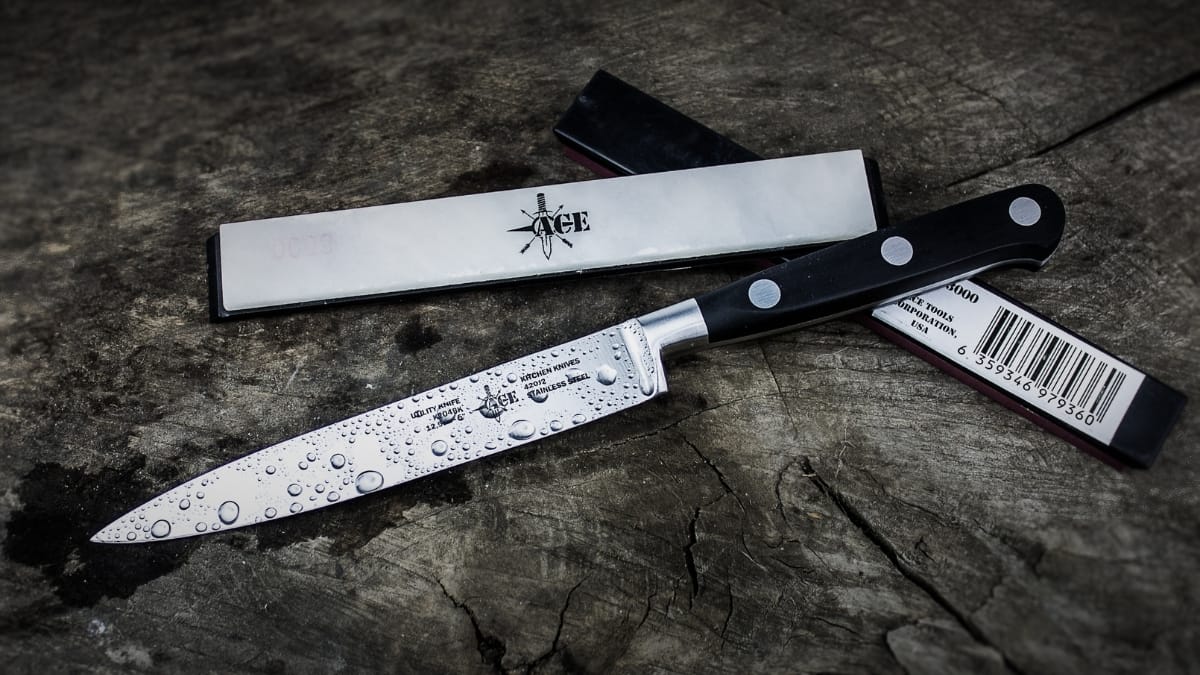
Finding the best angle for your kitchen knife is a journey of discovery and experimentation. By understanding the principles behind knife angles, learning proper sharpening techniques, and considering factors like knife type and personal preferences, you can achieve optimal cutting performance in your kitchen.
Remember these key points:
- The best angle depends on various factors, including knife type, material, and intended use.
- Regular maintenance, including honing and proper storage, is crucial for maintaining the optimal angle.
- Don’t be afraid to experiment with different angles to find what works best for you.
- Consider both sharpness and durability when choosing an angle for your knives.
By applying the knowledge and techniques discussed in this guide, you’ll be well on your way to mastering the art of kitchen knife sharpening and maintenance. With practice and patience, you’ll soon be enjoying the benefits of perfectly angled, sharp knives in your culinary adventures.
